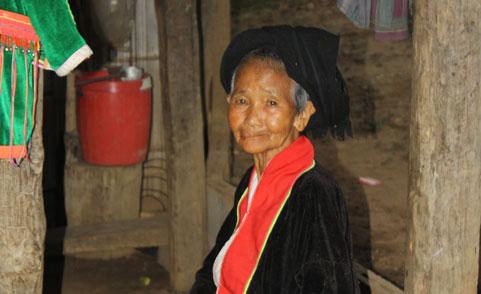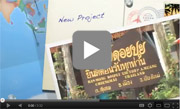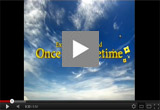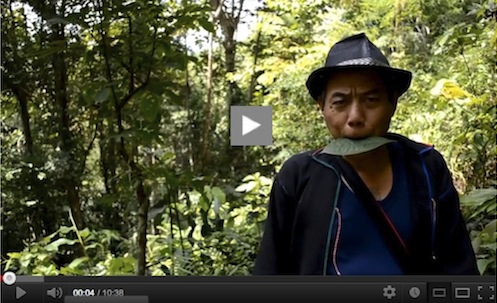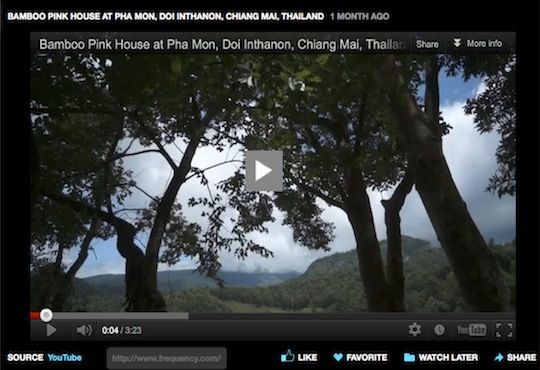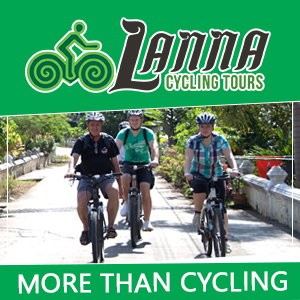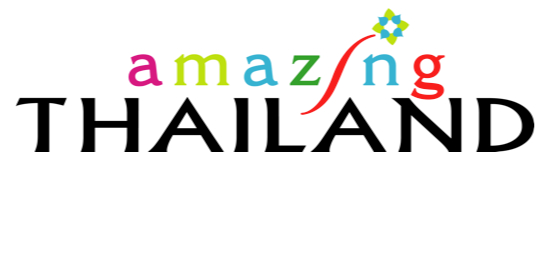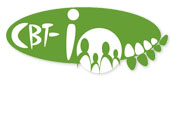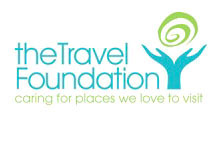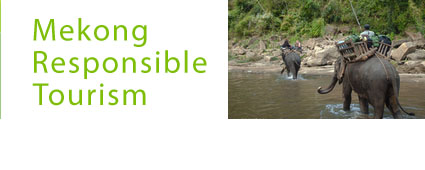What is Community Based Tourism?
community based tourism (CBT) is developed by local community members, working together in a ‘CBT’ club or group, sometimes in partnership with a tour operator.
Community members design CBT programs based on special elements of local life, culture and nature which they feel proud and comfortable to share with visitors.
CBT gives visitors a unique opportunity to meet local people, experience and learn about local culture, livelihoods and relationships between people and environment.
CBT programs are usually led by community tour guides and host families. Guests could explore a nature trail with a community guide, cast a net with a local fisher, or learn a local sport. Visitors usually stay overnight in a home-stay, community lodge, or campsite. They can taste typical local dishes and spend time getting to know host families. Sometimes, a community works with a tour operator, like Tiger Trail Thailand, to develop a more ambitious program like a multi-day trek.
In addition to being a cultural experience, CBT is designed to support social and environmental work, build local skills and distribute benefits broadly. This is achieved, for example, through training, establishing community funds and queue systems.
What can you do and experience on a CBT Tour?
Guests who choose CBT have an opportunity to experience and learn about the community and their environment through fun, ‘hands-on’ activities lead by local guides, such as jungle trekking, traditional fishing, natural dying and learning to cook local dishes.
Where do you stay?
Guests may stay with a local family in a homestay, in a community-owned lodge, or even a community campsite. Accommodation will be typical local style. Guests can expect clean, safe, welcoming and comfortable accommodation. However, the community members are not able to offer luxury or hotel standards.
Rooms are likely to be fan cooled, rather than air-conditioned.
What do you eat?
Special dishes will be prepared, made from typical local ingredients. Guests can often join their host families to collect fresh ingredients from a garden or orchard, and may help to cook if they wish. Drinking water, hot coffee and tea are available for guests. Vegetarian food, mildly spiced dishes, or dishes prepared without chili are available for guests on request.
How do you get around?
Local transport is used when traveling during the program. This could be a private car for a transfer to the community, or by boat or bicycle for activities taking place in the community.
Vehicles are well maintained, and necessary safety equipment such as life jackets and helmets are available for guests to use *. Motorbikes are not offered to guests.
How do you communicate with your hosts?
Local families are usually excited to welcome guests, and very keen to try and communicate. To assist interaction, ‘Thai-English language sheets’ are available which include simple conversations in Thai and English, and can be used to break the ice (with body language and a sense of humour!)
Local community guides and homestay hosts cannot usually speak English. Professional tour guides need to be instructed and trained to assist guests and hosts to communicate.
Who do you meet?
Guests meet a variety of welcoming, interesting people during their time in the village. Local people with a role in the CBT program may include homestay families, community tour guides, craftsmen, performers, community leaders, students and teachers, village elders and other interesting characters.
Local people’s central role in the CBT program creates an enthusiastic and welcoming atmosphere. Local guides are proud to share culture and life in their community. However, guests will also be given some free time to relax and unwind.
How is CBT different from similar types of rural tourism?
Eco, agro, sight seeing…. There are so many different rural experiences available for tourists. Is CBT really any different?
CBT is a truly unique experience for tourists because:
Community…
Hosts feel very proud of their leading roles in CBT. This leads to a particularly warm welcome. Cultural exchange is more profound than regular village tours. Guests meet a variety of people, an authentic experience of the whole community…
Environment…
The lives of local people are intimately connected with the natural world. Activities will bring this relationship alive, adding a new depth to guests’ enjoyment and appreciation of nature. Their visit will also contribute towards nature conservation.
Benefit…
CBT is the result of months of training and effort. Local people benefit through additional income, new skills and knowledge, and a healthy environment. CBT directly increases the confidence and capacity of local people to negotiate a better deal from development!
Principles of community based tourism:
- Tourism is managed by a community group or groups. In the event of partnerships with the private sector, community members retain decision-making authority and are able to guide the direction of tourism development in the village;
- Local community members have been trained to develop products / services and to welcome guests (i.e. there has been a formal preparation process);
- There are clear learning and exchange elements in the program;
- Tourism directly supports community-level social and environmental initiatives.






